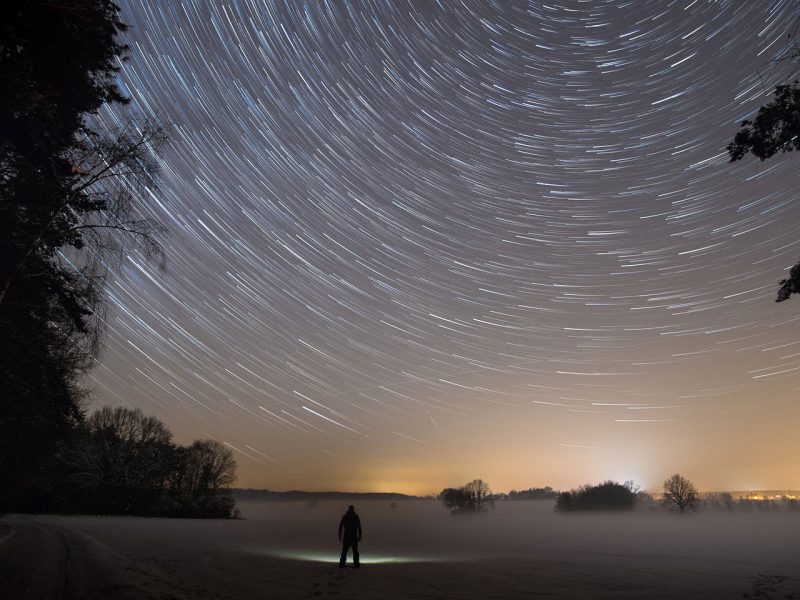
Watching the stars light up the night sky is a truly stunning sight. You can get lost just staring at the depth of the sky. Without the proper camera gear and knowledge, it can be hard to capture the amazing night sky in a picture. Fortunately, there is a way to do so, and it’s actually not all that complicated.
Choosing the Night/Place
Of course, in order for you to have any chance of getting the shot, it’ll need to be a clear night. Little light pollution helps as well, as it allows the stars to be more visible. If possible, aim to stay away from any flight paths because you’ll capture this movement on your final image.
Equipment
For this specific kind of shot, the gear you have will make it or break it for you. That doesn’t mean you need a top of the range, super expensive camera. Here is what you will need though:
- DSLR (doesn’t need to be fancy)
- Tripod (will keep the stars sharp)
- Cable release (not essential, but is very useful to avoid shake)
- Adobe Photoshop (or other image editing software which will allow you to merge multiple photos)
Preparation
As we mentioned in the introduction, it is best to pick a completely clear night and away from any light pollution. The light pollution we’re talking about here means street lamps, house lights etc. but also the moon. Surprisingly, the moon can take over the shot a bit too much, so it’s best if it isn’t too bright.
Getting the Shot
Firstly, you’ll want to get your camera onto manual mode so that you have complete control over the settings. The ISO (your camera’s sensitivity to light) might take a bit of experimenting to get just right. Typically, you’ll want to set the aperture (f number) at the smallest number and adjust the ISO from there by snapping a couple of 30s shots to see if the light is ok.
Next, make sure that the camera is set to shoot continuously. This is because you’ll be leaving it on for 30 to 45 minutes, snapping photos without a break so that there are no gaps in the star trail. Some people even leave their camera for hours, but it completely depends on how much movement you want to capture and how much light there is.
Post Production
Although there are a variety of ways to edit the shots together, Photoshop offers one of the easiest to do so. The following YouTube video is a good demonstration of how to achieve the final result in both Lightroom and Photoshop.
 Your Privacy Choices
Your Privacy Choices
 The
The